
views
Detecting Fleas on an Animal

Watch for signs of itching. Flea bites are irritating to pets, which causes pets to scratch the locations in which they’re being bitten by fleas. If you notice your dog or cat scratching or biting at their fur frequently, it is a good sign that they’re covered in fleas. It’s natural for animals to scratch themselves occasionally under normal circumstances. Animals with fleas, though, will scratch frequently, for long periods of time.

Look for reddened skin and patchy hair. If you’ve noticed an animal scratching constantly, take a look at their skin and hair. The skin of animals infested with fleas is often reddened and raised. Many animals with fleas itch and bite at themselves so forcefully that they pull out small patches of hair. On animals with heavy coats, you’ll need to manually part the hairs so you can see down to their skin. If you do part the hairs, be sure to wash your hands immediately afterwards.
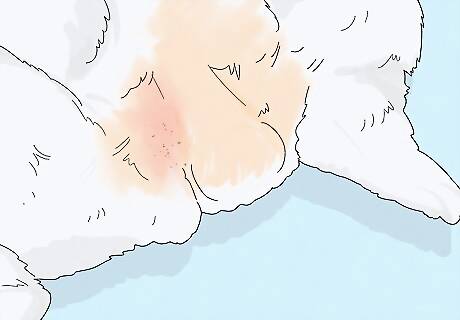
Inspect the pet for fleas. If your pet has red, raised patches of skin or missing hair clumps, look for the fleas themselves. To do this most effectively, roll your pet over onto their back. Then look in the pet’s armpit and groin areas—the pet’s coat will be thinner here, giving the fleas less dense fur to hide themselves in. It’s best to wear a pair of gloves (e.g. latex gloves) when you inspect your pet and handle their fut. Fleas can transfer from dogs to humans, so take precaution to make sure this doesn’t happen.
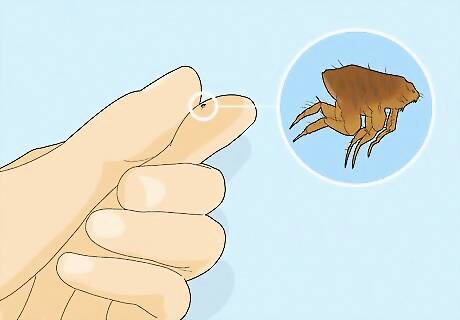
Identify fleas when you see them. Fleas are tiny—ranging from ⁄8 inch (0.32 cm) to ⁄16 inch (0.16 cm)—which makes them often hard to spot. The body of a flea has 6 legs, and they are typically black or dark brown in color. Flea bodies are shaped approximately like an avocado, and have a scaly appearance. Fleas are tremendous jumpers—they can leap fast and high, and you may spot them jumping from one part of your pet to another.

Run a flea comb through your pet’s coat. The close-set teeth of a flea comb are specifically designed to trap fleas. If you spot many small, black or brown dots in the teeth of the comb after running it through your pet’s coat, it’s a sure sign they’re infested with fleas. When combing your pet, make sure to comb deep enough to catch any fleas hiding near the pet’s skin. You can purchase a flea comb at your veterinarian’s office, at a pet-supply store, or in the pet section of a supermarket.
Detecting Fleas in Your House
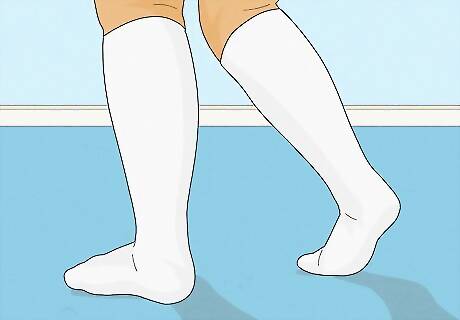
Walk through your house wearing a pair of white cotton socks. Pull the socks as high up on your calves as possible, and spend at least 10 minutes walking around with the socks on. Fleas will leap out on to the socks to catch a ride. After walking through your house, take the socks off and inspect them for fleas. Take an extra lap or two through carpeted areas that flea are likely to inhabit. You can also shuffle your feet across carpets and rugs. This will build up friction, and the warmth will draw the fleas out.
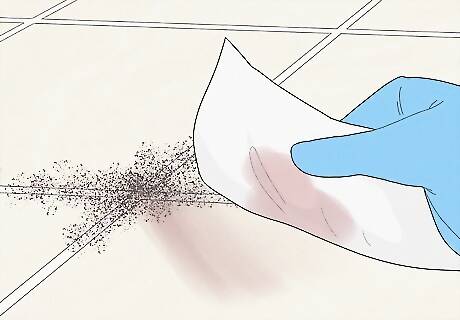
Look around your home for “flea dirt.” Flea dirt is the name commonly used to describe the small, visible droppings of fleas, which look like little bits of dirt. You’ll most likely find clusters of flea dirt on the floor of your home, or in rugs and carpets. To confirm that the specks are flea dirt, rub a damp paper towel over them. Flea dirt will leave reddish streaks behind. A clump of flea dirt often resembles a pile of fine-ground black pepper.
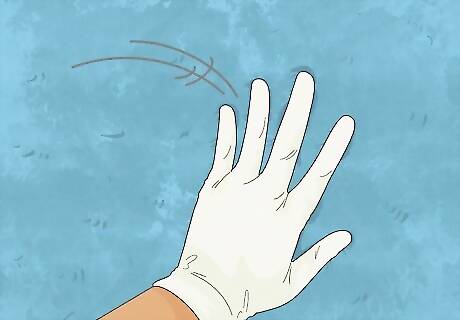
Search for flea eggs in carpeting. Carpets and rugs are often safe havens for fleas, and places where fleas can lay their eggs in relative safety. In order to inspect carpets for flea eggs, put on a pair of light-colored latex or plastic gloves and run your fingers through the fibers of the rug. Flea eggs are very small and are white and oval-shaped. You may need to use a magnifying glass to look for flea eggs in the carpet and on your hands.
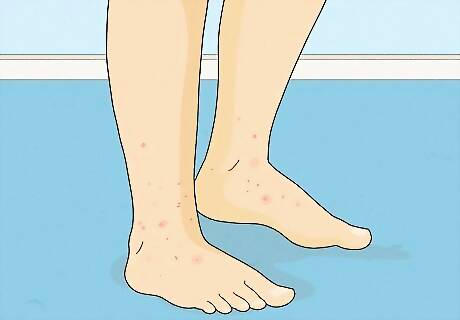
Look for flea bites around your ankles and knees. If you often walk around your house barefoot, you may be a frequent victim of flea bites yourself. Fleas seldom bite humans above the knee, but their bites are itchy and cause small red bumps. You can tell flea bites apart from mosquito or spider bites by their differing appearances. Unlike mosquito bites, flea bites cause very little swelling. Unlike spider bites, flea bites only have one small puncture hole, not two.















Comments
0 comment